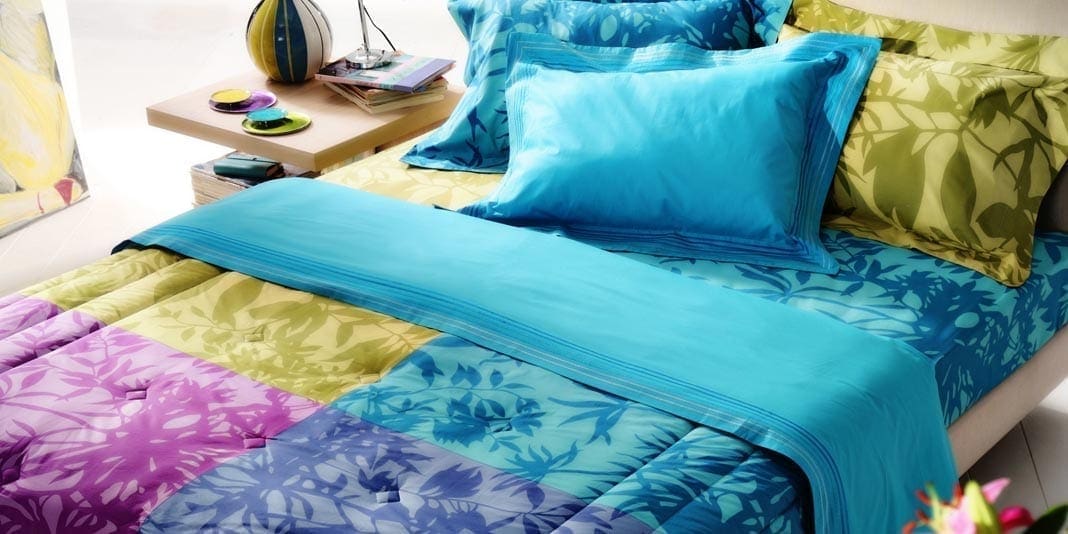If you recently bought a new mattress or your old sheets have become threadbare, you might benefit from a new set of sheets. However, the shopping process often proves complex. You’ll probably find a wide variety of brands, sizes, and materials in stores. Fortunately, you can quickly select the best product with the help of this guide.
Materials
Many bed sheets consist of cotton, polyester, microfiber, or a blend of two materials. Polyester and microfiber don’t “breathe” well, so you can quickly become too hot on a summer night. Microfiber costs relatively little, but some people find that it irritates their skin.
Pure cotton, polyester-cotton blends, and bamboo provide cooler sleeping experiences, making them desirable if you live in a hot climate or have a bedroom on the top story. Bamboo has a soft, smooth texture, but it’s prone to wrinkling and comparatively expensive.
Thread Count
Products with high thread counts have more threads in every square inch of material. This may deliver greater softness, comfort, and longevity. However, it doesn’t guarantee top-notch quality. Most thread counts range from 180 to 1,000. Unless you’re buying sheets for a seldom-used bed, look for a count above 200.
Size
Be sure to select sheets that match the size of your mattress. It’s important to know if you have a single, twin, king, or queen bed. However, only the length and width are standardized. Before you start shopping, measure, and write down the bed’s depth. Remember to check the fitted sheet’s label for the maximum depth measurement.
Quality
Poorly made sheets may shrink every time you wash them, so they might not fit your mattress within a year. Some rather expensive products have this problem, so don’t assume that you’ll “get what you pay for.” While online reviews are somewhat helpful, Consumer Reports provides more useful information on the long-term longevity of specific sheets.
Appearance
Bed sheets come in a tremendous variety of colors and patterns. Try to choose a design that matches your room’s decor and any existing pillowcases or blankets. If you plan to buy separate pillowcases, make sure a complimentary style is available.
What’s Included?
Certain brands offer complete sets and separate fitted and flat sheets; don’t assume that every product on the shelf contains both types of sheets. Some sets include matching pillowcases or storage pouches. If you need to buy two separate pillowcases, it will probably add at least $6 to the total cost.
The bottom line is that you should look for a quality product made from a material that suits your specific needs. Most importantly, it needs to have the right measurements. A reasonably high thread count, complementary design, and matching pillowcases aren’t essential but may result in a more satisfying purchase.




































